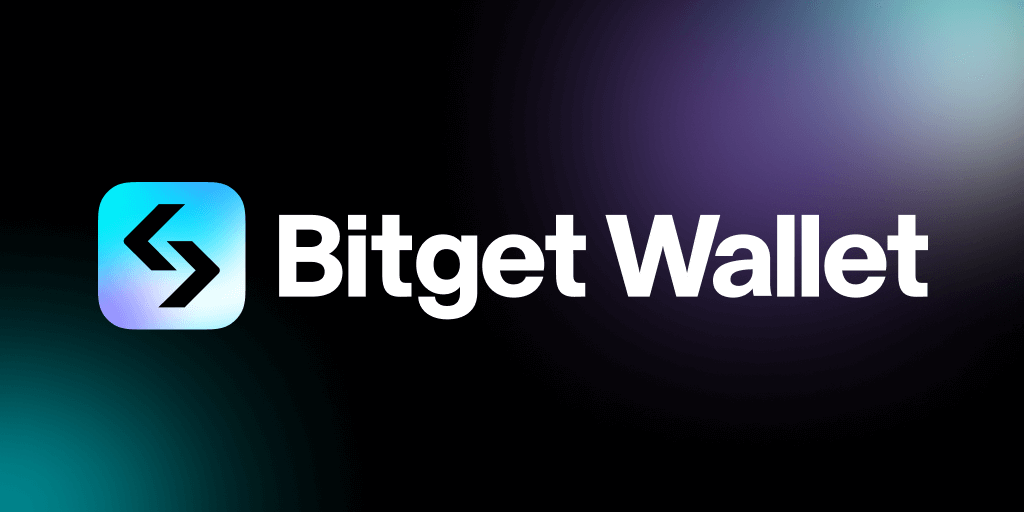Why Staking Rewards, Copy Trading, and Browser Extensions Are Changing Crypto Wallets
Whoa! Ever noticed how your crypto wallet feels kinda… incomplete these days? Like, sure, it’s got your coins but not much else. I was fiddling with a few wallets recently and something felt off about the usual setup. You know, the basic send/receive stuff isn’t cutting it anymore, especially if you’re deep into DeFi and multi-chain ecosystems. It’s almost like wallets need to be smarter, more integrated—like your phone but for crypto.
So, check this out—staking rewards, copy trading, and browser extensions are not just buzzwords. They’re actually reshaping how we interact with crypto on a daily basis. Initially, I thought staking was just some passive income thing that was cool but kinda niche. But then I realized it’s a core feature that can seriously boost your portfolio without selling a single token. And copy trading? Man, that blew my mind. It’s like having a seasoned trader whispering in your ear while you’re still figuring out what a limit order is.
Okay, here’s the thing. Most wallets out there feel like they missed the memo on integrating these features smoothly. They either have staking but no trading, or they offer trading but not the ability to copy someone else’s strategies. And browser extensions? They’re supposed to make everything easier, but sometimes they just add another layer of complexity or security risk. I’m biased, but I think there’s a sweet spot where all these can come together without feeling like you’re juggling flaming torches.
But wait—let me rephrase that. It’s not just about cramming features in. It’s about making those features accessible and secure, especially for multi-chain DeFi users who hop from Ethereum to Binance Smart Chain and back without breaking a sweat. That’s a tough nut to crack, but some platforms are getting close.
Funny enough, while exploring this, I stumbled onto a wallet that kind of nails this balance. It’s called bitget. Their approach really got me thinking about how wallets could evolve into full-fledged crypto hubs rather than just digital vaults.

The Real Deal with Staking Rewards
Look, staking has been around for a while, but many people still treat it like some optional add-on. That bugs me. Because in reality, staking can be a game-changer for anyone holding tokens on proof-of-stake chains. You lock up your coins, and in return, you earn rewards—usually in the form of more tokens. Sounds simple, right? Yet, the devil’s in the details.
My instinct said that the best staking setups should be seamless. But actually, wait—let me rephrase that. Seamless doesn’t mean automatic. You want control over which tokens to stake, for how long, and with transparent reward rates. Some wallets make this too complicated, others too simplistic. The sweet spot? An interface that shows your potential gains, risks, and lets you unstake without jumping through hoops.
And here’s a twist—staking rewards aren’t just about passive income. They also help secure the network. So, by staking, you’re kinda becoming part of the infrastructure. It’s like being a shareholder and a security guard at the same time. On one hand, you get paid for holding your assets still; on the other, you contribute to network health. Though actually, some chains have tricky lockup periods that can mess with liquidity, so you gotta watch out.
That’s why wallets that support dynamic staking options, like flexible lock times or auto-compounding rewards, really stand out. Plus, if they integrate this with multi-chain support, you’re golden. Imagine staking on multiple blockchains without hopping between apps—that’s the dream.
Copy Trading: The Shortcut for Newbies and Pros Alike
Seriously? Copy trading in crypto? Yep. It’s not just for forex or stocks anymore. The crypto space is catching up fast. And honestly, this is where things get exciting. Imagine you’ve been watching a pro trader make smart moves for months. With copy trading, you can automatically mirror their trades. No need to stare at charts all day or pretend you understand candlestick patterns.
Here’s what bugs me though—copy trading isn’t foolproof. I’ve seen people blindly follow traders who tanked their portfolios. So, due diligence is critical. Look at the trader’s history, risk profile, and trading style before jumping in. And of course, platforms need to provide transparent metrics, not just flashy numbers.
On the technical side, integrating copy trading into wallets is a neat trick. It means you can actually trade and manage your portfolio without leaving your wallet interface. No switching apps, no extra logins. It’s all there—staking your tokens, copying trades, and moving assets across chains.
What’s cool is wallets like bitget are already incorporating this. Their copy trading feature feels like having a seasoned trader on speed dial. Plus, it meshes well with staking, so you can earn rewards and grow your portfolio simultaneously. Neat, huh?
Browser Extensions: Convenience or Security Risk?
Hmm… browser extensions are a double-edged sword. On one side, they make blockchain access super easy—one click and you’re connected to DeFi apps, NFTs, and DEXs. On the other, they can open doors to phishing attacks or accidental permission grants. So, the design and security protocols behind these extensions matter a lot.
Most people use MetaMask or similar, but I’ve noticed they sometimes feel clunky or unintuitive for multi-chain use. Plus, juggling multiple networks can get confusing fast. What’s needed is a browser extension that simplifies chain switching, alerts you to potential scam sites, and integrates advanced features like staking and copy trading directly.
Here’s the thing—few wallets offer that full integration yet. But again, bitget’s extension seems to be on the right track. Their approach looks like it balances convenience with security, and the ability to interact seamlessly with DeFi protocols. That’s a big deal for those of us who want to move fast but stay safe.
Oh, and by the way, something I really appreciate is when these extensions don’t overwhelm you with constant pop-ups or permission requests. The user experience can make or break adoption, especially among newer crypto users who are already overwhelmed.
Pulling It All Together—The Wallet of Tomorrow?
So, what’s the takeaway here? Well, first off, wallets are no longer just wallets. They’re evolving into multi-functional hubs that combine staking rewards, copy trading, and secure browser extensions. This trio can empower users to engage with crypto on a whole new level.
Personally, I’m excited about how this could lower the barrier for newcomers while giving veterans tools to optimize their strategies without juggling a dozen apps. But the tricky part is maintaining a slick user experience without sacrificing security or flexibility.
For multi-chain DeFi users in particular, a wallet that can handle staking on various networks, let you copy top traders, and offer a safe, easy-to-use browser extension feels like a must-have. It’s not just wishful thinking anymore—some platforms are actually delivering on this promise, and I think bitget stands out in that crowd.
That said, there’s always room to grow. I’m not 100% sure that any single wallet has perfected this trifecta yet, but the direction is clear. Expect wallets to become your day-to-day crypto command centers, blending passive income, social trading, and seamless DeFi access into one package.
Anyway, I gotta say, this space keeps surprising me. Just when you think wallets are stuck in the past, something new pops up that rewires how you think about managing crypto. And honestly, I can’t wait to see what’s next.






